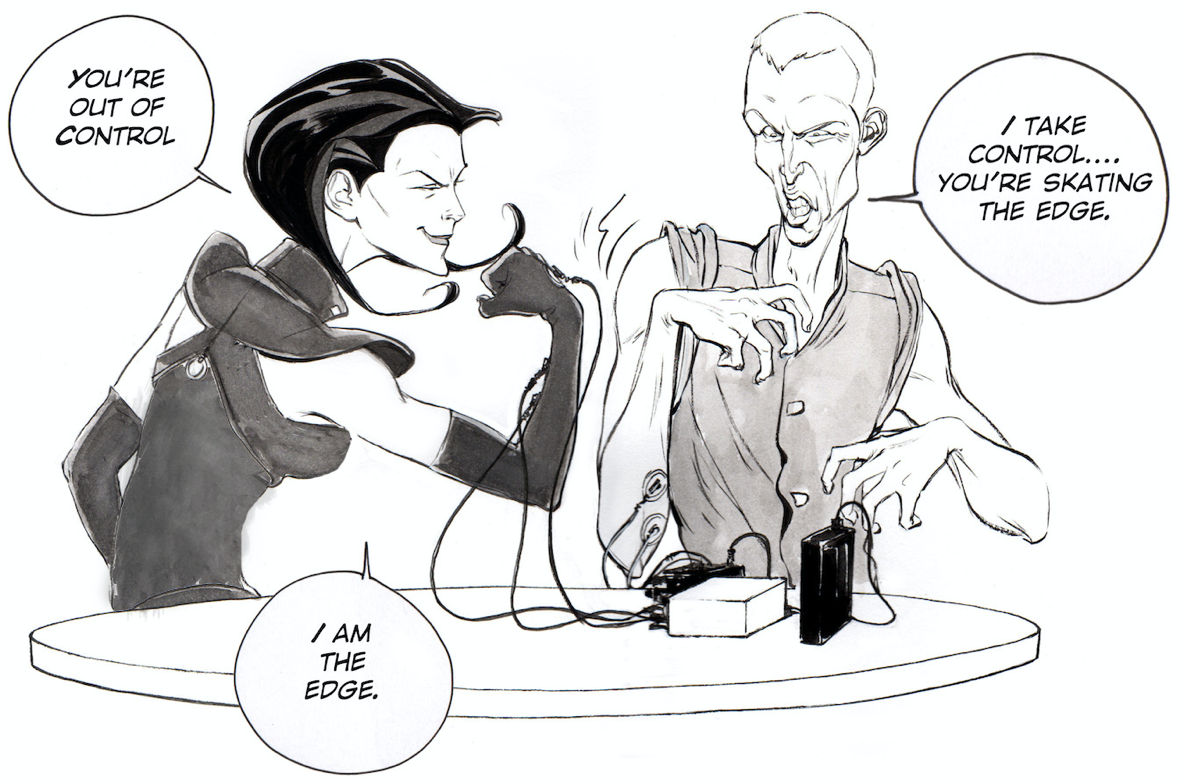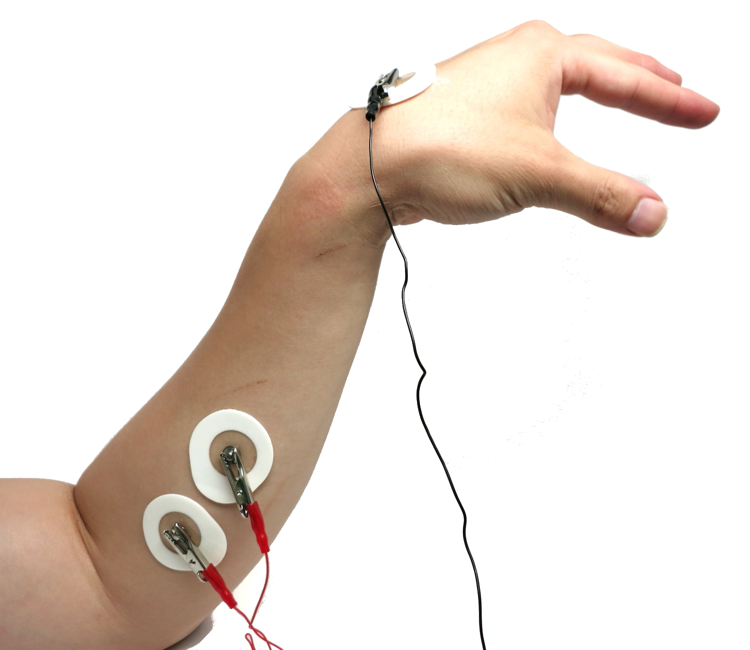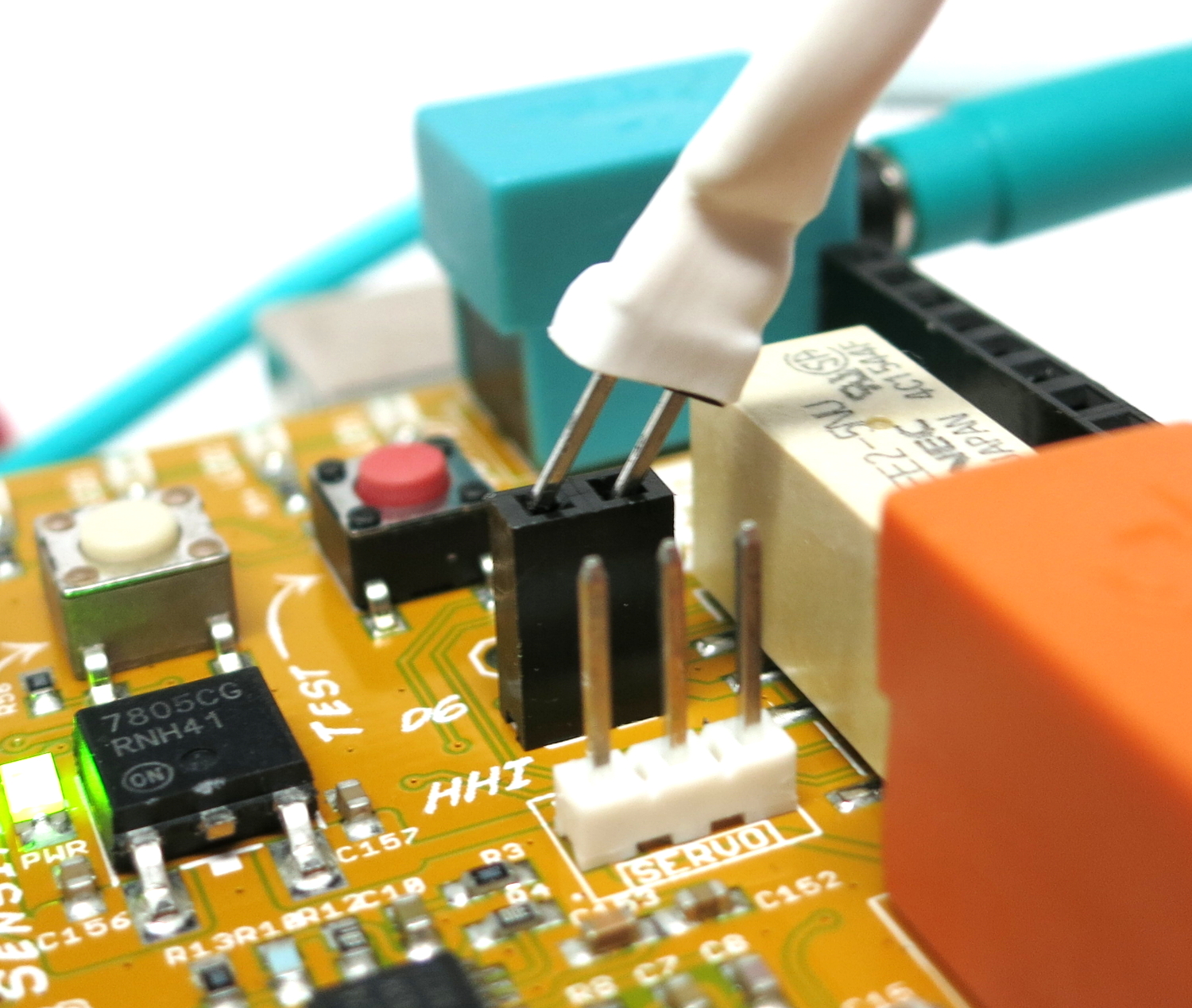Prerequisite Labs
You should become familiar with how to use your Muscle SpikerShield and an Arduino
What Will You Learn?
In a continuation of our 1) Neuroprosthetics Experiment and 2) Muscle SpikerShield Experiment, you will learn how to use your muscle signal to control other devices, in this case, a TENS (transcutaneous electrical nerve stimulator) to excite and contract the muscle of another human.





